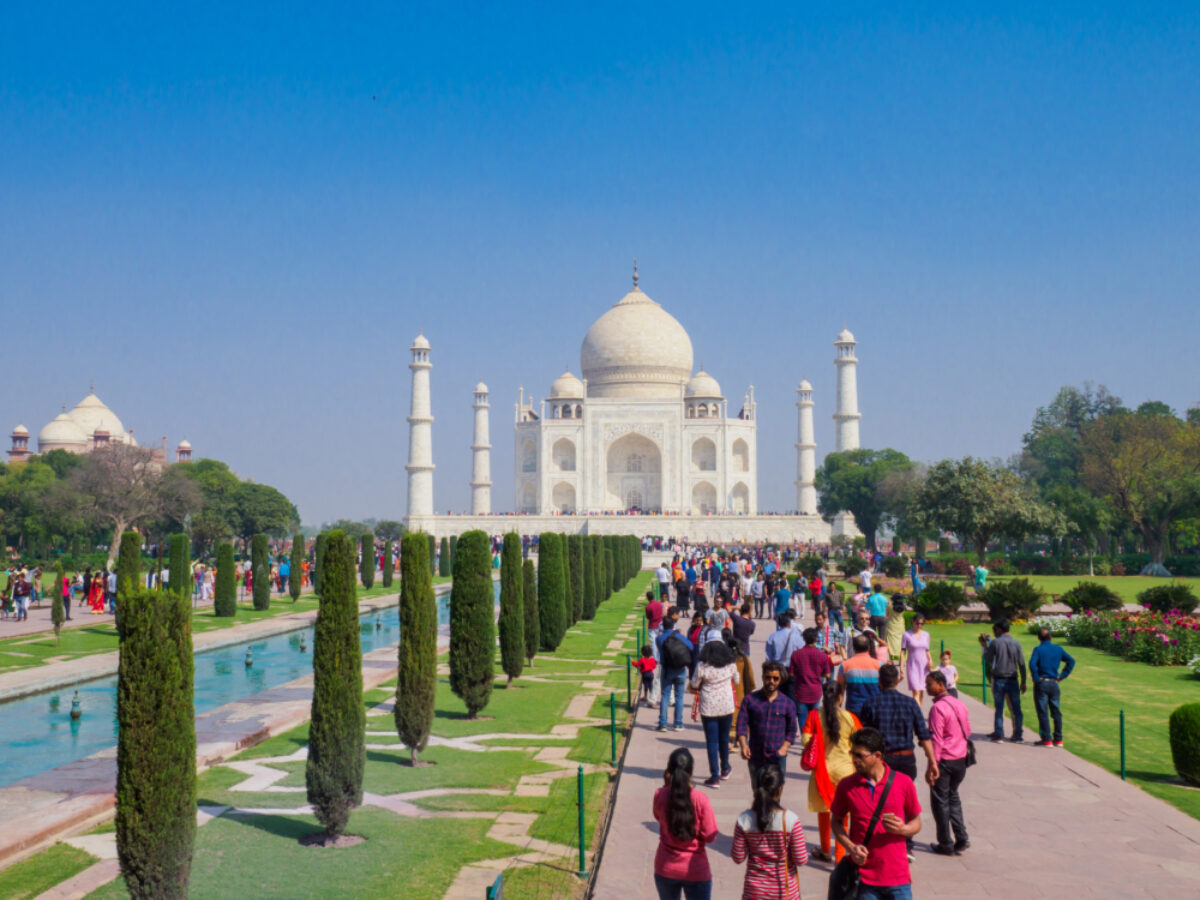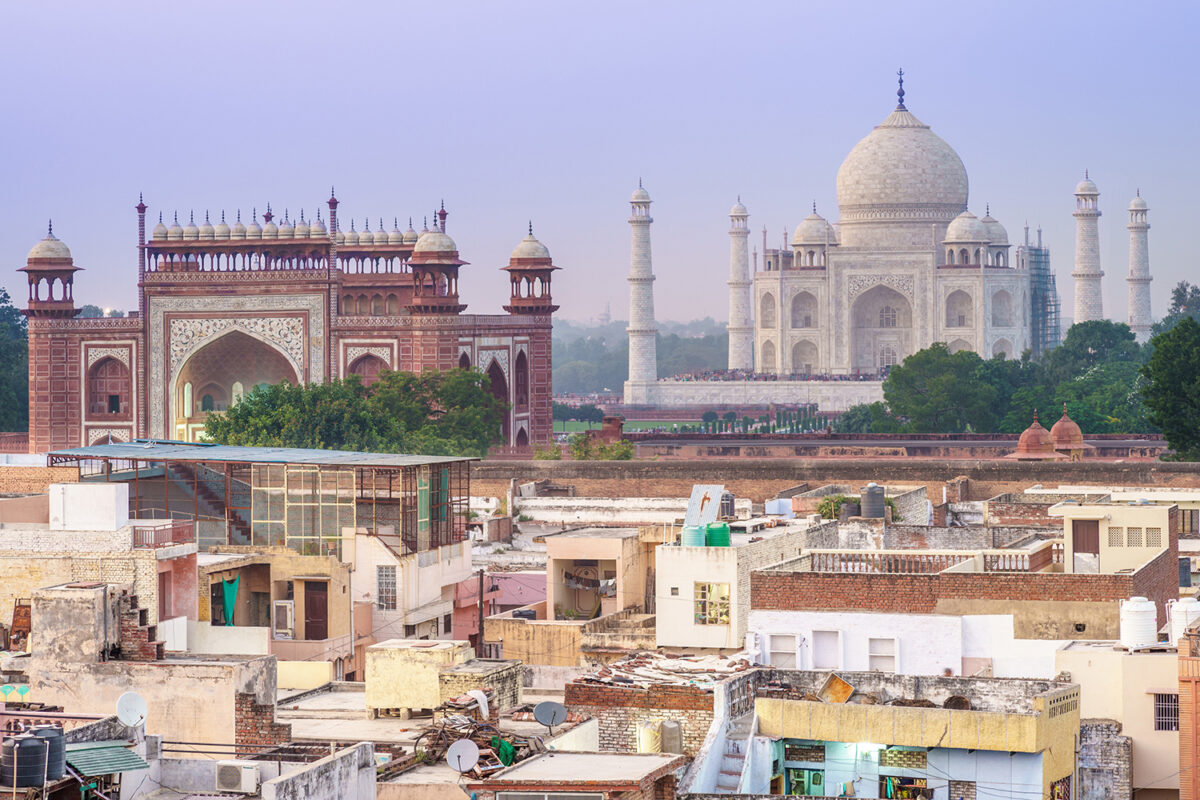Loved to death
Is overtourism killing the Taj Mahal?
The Taj Mahal is one of the wonders of the world. The mausoleum, built by Mughal Emperor Shah Jahan in the 17th century to house the tomb of his wife Mumtaz Mahal is seen as a symbol of love, while its 42-acre complex is admired as an exemplar of Mughal architecture and Indian history.

However, the Taj Mahal is also in danger. According to figures released by the Archaeological Survey of India (ASI) in 2018, the total number of visitors to the Taj complex remained stable between 2006 and 2009 (between 2.04 million and 2.58 million). By 2011, visitor numbers had almost doubled to 4.6 million. In 2017, visitor numbers had grown to 5.6 million, with the trend showing no sign of slowing.
What impact does this have on the tourist experience? Many report visiting the complex as a trial. Fainting tourists are common, with the crush of the crowd, heat and lack of water all contributing factors. Bottlenecks are frequent at the western and eastern entry gates, while up to 6,000 people can crowd into the main mausoleum at any one time.
Visitor numbers are also affecting the health of the site itself. Pollution is infamously turning the Taj Mahal’s brilliant white walls a sickly yellow and is affecting the integrity of the buildings. In August 2015, a 60kg chandelier fell to the ground outside the Royal Gate, narrowly missing tourists. In 2016, a metal pinnacle on a minaret broke off during conservation work (although the ASI says it was removed deliberately to work on it), and in 2018, red sandstone fell to the ground after a clamp used to hold the building in place rusted.
That’s not to say that officials aren’t attempting to stem the flow of visitors. In March 2018, a three-hour cap was put on the length of visits and in December 2018, ticket prices were raised from 50 rupees to 250 rupees for Indian tourists and £13 to £15 for international visitors.
“We want people to pay more to limit the footfall. This will cut down the number of visitors by at least 15-20% and generate revenue for conservation,” an ASI spokesman said at the time of the announcement.
So should you still visit?
The concept of overtourism is one that is only going to become more well-known. As travel and tourism opens up beyond the traditional privilege of the few in the West, the world’s most beloved sites are going to become more crowded. This means that drastic measures will need to be taken to protect them -- whether the Taj Mahal, Machu Picchu or the Galapagos Islands.
As a tourist, you need to make a decision as to whether you wish to still visit such sites. The Taj Mahal is a spectacular monument to human achievement. However, unless you’re a minor celebrity or very wealthy, you’re not going to get unfettered views and moments of deep contemplation on your visit -- it’s simply too busy.
As long as you’re prepared for the crowds and heat, it is certainly worth visiting but there are many other amazing architectural sites to view in nearby Rajasthan, from the Amer Fort of Jaipur to the Blue City of Jaisalmer. And that’s before you head off into the Thar Desert or the villages of Pushkar and Bundi.
Overtourism is a real issue. The places you choose to visit and things you choose to do have an impact on local communities and the history of the destination. Being aware of your impact is a start, but being responsible in where you go and how you act is the key.





